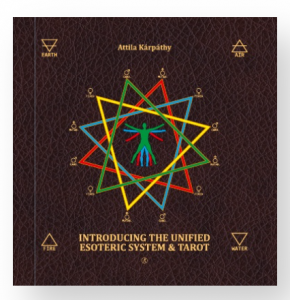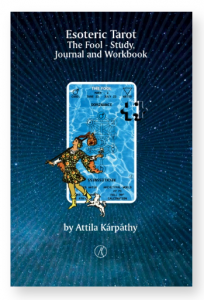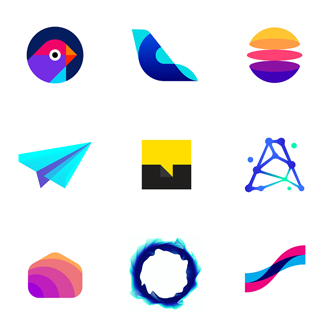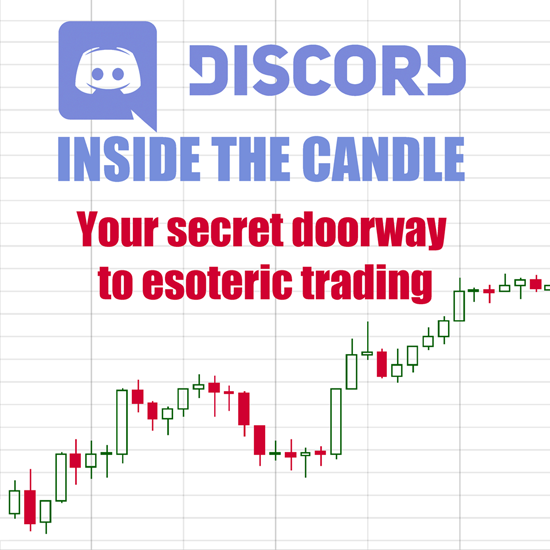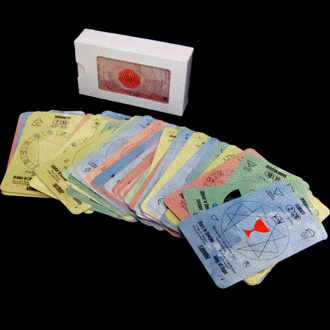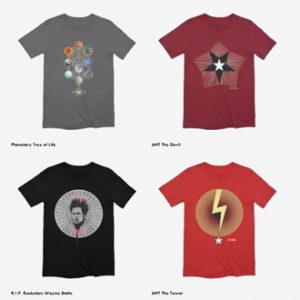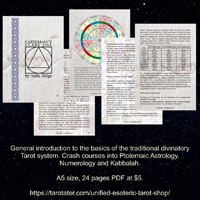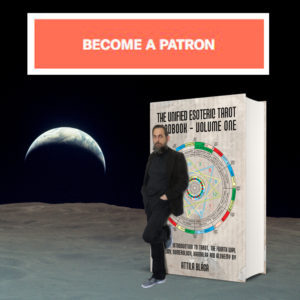
Certifying the validity of a system is possible by cross-references. When a theory is correct, it has to be validated by finding the proper correspondences and connections through all the other branches of the esoteric sciences.
In music, an octave, from the Latin “octavus” meaning eighth, or perfect octave is the interval between one musical pitch and another with half or double its frequency. For example, if one note has a frequency of 440 Hz, the note one octave above is at 880 Hz, and the note one octave below is at 220 Hz. One of the most common scales, the C major scale is typically written C D E F G A B C, the initial and final Cs being an octave apart.
The piano keyboard contains keys for playing the twelve notes of the Western musical scale, with a combination of larger, longer keys and smaller, shorter keys that repeats at the interval of an octave. The longer, white keys are for the seven “natural” notes of the C major scale: C, D, E, F, G, A, B with the lowest note on the left. The black keys for the remaining five notes C♯/D♭, D♯/E♭, F♯/G♭, G♯/A♭, A♯/B♭ are raised and shorter. There are two “missing” intervals between E and F, respectively between B and C.
The piano keyboard is the perfect equivalent of our solar system with the seven classical planets representing the “white keys”, the five other planets represented by the “black keys” and the two “missing” intervals represented by the two asteroid belts. Some may consider it an odd coincidence, but I do not believe in coincidences, chaos and randomness.
At a closer analyse, both the solar system and the piano keyboard incorporates all the fundamental esoteric laws: the Law of Three, the Law of Four (Tetragrammaton), and the Law of Seven.
The Tarot deck was engineered and built based on the same laws and principles.
The Unified Esoteric Tarot deck is the very first and far as I know the only Tarot deck which reveals all the connections and refer to all the branches of the esoteric sciences as one organic whole, just like the Tarot deck is a complex mechanism like a clockwork.
Gurdjieff specifically and repeatedly mentioned three centres and four bodies. On the other hand, vaguely and occasionally he mentioned two other centres, the instinctive, respectively sexual centres. However, he also made some references to possible subdivisions of the centres, and I think this is the case of the instinctive and sexual centres.
When Ouspensky specifically asked if the sex centre can be regarded as an independent centre, Gurdjieff answered: “It can. At the same time if all the lower story is taken as one whole, then sex can be regarded as the neutralising part of the moving centre.”
The answer given by Gurdjieff got me to the conclusion that there are three centres, however, these centres are subsequently subdivided into “smaller” centres.
Ouspensky speaks about “the three centres of the lower story: the instinctive, the moving, and the sex centres.” Ouspensky was further convinced that “there are not three centres but five in the ordinary man.” However, some of the Gurdjieff’s followers are referring strictly to the three centres, others following Ouspensky speaks about five and some get to the conclusion that there are seven centres.
By applying the method of cross-reference, the three centres and four bodies initially mentioned by Gurdjieff as the basic structure of the man are confirmed within Astrology, Numerology, Alchemy and Kabbalah.
The three centres according to Gurdjieff are the moving, the emotional and the intellectual centre. The four bodies are the physical or carnal body, the natural or astral body, the spiritual or mental body and the divine or causal body.
The correspondences for the three centres in Astrology are the Three Qualities: Cardinal, Fixed, and Mutable. The correspondences for the four bodies are the four Elements: Fire, Water, Air and Earth.
In Numerology the basic characteristics of a number are defined by the three qualities called active, passive and neuter, respectively by the so-called four “planes of expression.” These planes are generally called Physical, Emotional, Mental and Intuitive.
In Alchemy we have the three primes or “tria prima” and the four stages. The three primes are Salt, Sulfur and Mercury, and the four stages are called nigredo, albedo, citrinitas, and rubedo.
In the Kabbalah, we have the three pillars of the Tree of Life and the four worlds. The Three Pillars are sometimes called the Pillar of Severity, the Pillar of Equilibrium and the Pillar of Mercy. The four worlds are Atziluth, Beri’ah, Yetzirah, and Assiah.
Someone may speculate that there are four kabbalistic worlds, twelve stages of alchemical transmutation, and someone may find all sort of alternative explanations. However, if these theories are not verifiable by cross-reference, their accuracy is questionable, and they may not be sustainable.
Gurdjieff said:
“As a rule, when people realise that they do not understand a thing they try to find a name for what they do not ‘understand,’ and when they find a name they say they
‘understand.’ But to ‘find a name’ does not mean to ‘understand.’ Unfortunately, people are usually satisfied with names. A man who knows a great many names, that is, a great many words, is deemed to understand a great deal – again excepting, of course, any sphere of practical activity wherein his ignorance very soon becomes evident.”
The names people has given to these elements in different branches of the esoteric science is irrelevant; these are only names. What truly matters is to understand their meaning and function.
Learning is not about memorising mechanically the names we have been given to things but about understanding concepts and functions.
The Tarot incorporates all these concepts and demonstrates how these theories are working in practice.


